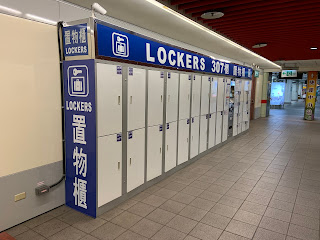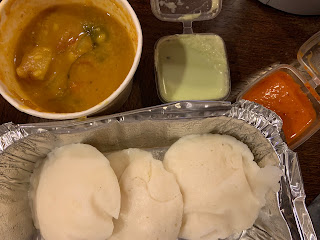British protestant missionaries believed a nation originated from a group of people who had the Bible translated into their own vernacular.
This seems to be the case in Hong Kong, albeit with a 100-year time lag.
Cantonese with its Hong Kong characteristics has been a defining feature of the emerging Hong Kong identity.
Cantonese has become the lingua franca of Hong Kong, despite the fact that only about a half of the population of the British commercial enclave was from Canton, the rest coming from various linguistic backgrounds, including the local dialect which significantly differs from Cantonese.
This was probably due to the influence of Canton traders who had a history of trading with western merchants.
The Brits apparently kept the lessez-faire attitude to language matter in the territory, partly in fear of Chinese nationalism, whose medium was Mandarin, seeping in across the border.
Fast forward to 90s and 00s: Very few residents felt they were anything other than "Hong Kong Chinese."
However, since it became clear that Beijing didn't honor One Country Two Systems formula in the 10s, more and more Hongkongers started to be attracted to Hong Kong independence movement, hitherto unpopular.
One of the things that made them really feel they were different from the rest of the world was their lingo, now increasingly in its written form, spread wide thanks to informal publications like magazines and comics.
The Bible didn't result in a Canton Nation, but a people seem to be emerging, at least partly thanks to the language policy (or lack thereof) of the British.





